Employment Insurance (EI) is a form of worker wage protection, which began in the 1930’s. For reasons of unemployment due to lack of work or being disabled, the employee is entitled to 55% of their pay up to the set weekly limit. This payment is taxable.
The changes to the Employment Insurance benefit make me think of a blanket ripped in half, where the top is sewn to the bottom, now comprising the middle and calling it a new blanket.
No.
Changing the initial waiting period for coverage to begin from two weeks to one, and then taking the additional week on at the end only serves to annoy and frustrate users in need of the program. When EI is used for short term sickness benefits, these kinds of changes only serve to heighten the need for private short-term disability coverage.
When employers offer a Short Term Disability program under their benefit plan, they are then entitled to a savings on the EI premium.
Short Term Disability benefits offer 24-hour coverage (i.e., income protection) for employees in case of an accident or sickness, on the job or off.
While many organizations count on their employees receiving disability benefits from Employment Insurance (EI) to carry them through a period of disability, there are risks. The following are some of the dangers associated with relying solely on EI:
- Business owners ARE NOT covered,
- Benefits are paid at 55% of the employee’s gross income,
- Benefits are FULLY taxable,
- Benefits are capped,
- Benefits are payable after a one-week waiting period, with an additional week tacked on the end.
A short term disability plan provides the following advantages:
- Business owners ARE covered,
- Benefits are paid typically paid at 67% of the employee’s gross income or higher,
- Benefits ARE NOT taxable, as long as the employee pays the premium portion for the benefit,
- The employer decides on the overall maximum and the amount payable is based on salary earned.
- The waiting period is at the time of inception, typically first day in the event of an accident or hospitalization and seven-days in the event of an illness.
Consider all the options for casting aside the advantages of a short-term disability program. Remember, companies can take full advantage of the Employment Insurance Premium Reduction Program by ensuring the waiting period for receiving this benefit is fewer than 15 days.
Employers should always assess the pros and cons of both programs—EI and STD—before deciding on what will be the best option for short term wage loss replacement strategies.
Disclaimer: Please note that the information provided, while authoritative, is not guaranteed for accuracy and legality. The site is read by a world-wide audience and employment, taxation, legal vary accordingly. Please seek legal, accounting and human resources counsel from qualified professionals to make certain your legal/accounting/compliance interpretation and decisions are correct for your location. This information is for guidance, ideas, and assistance.





